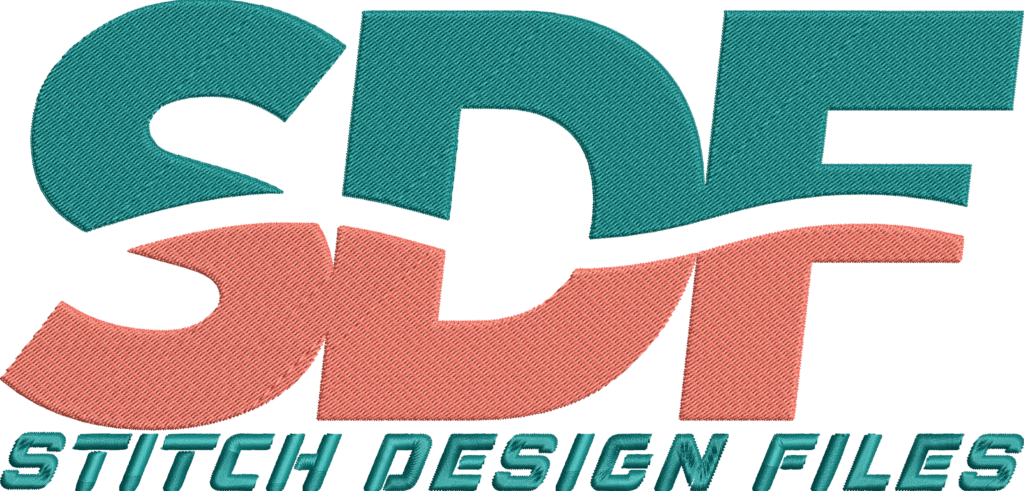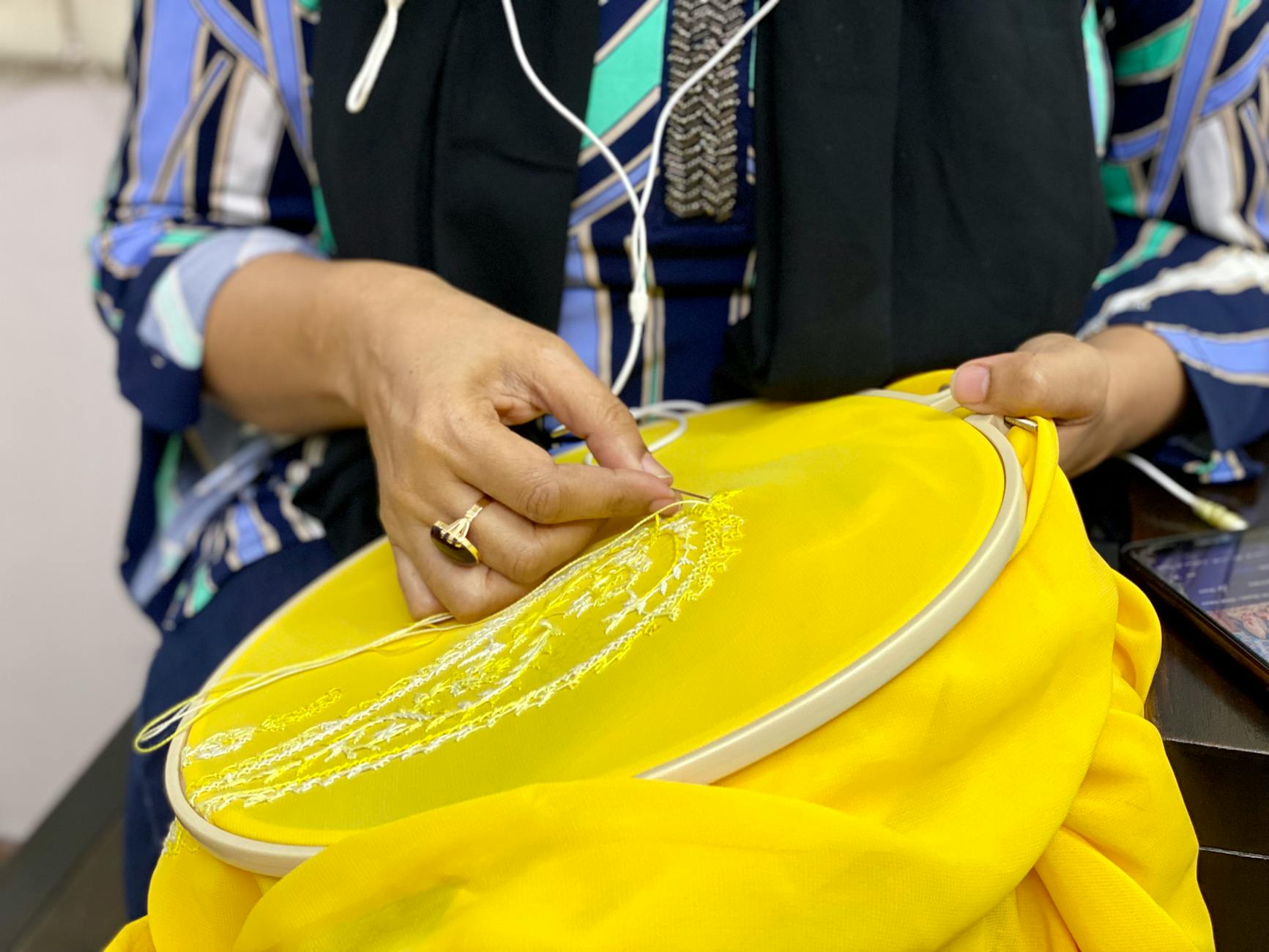No products in the cart.
Embroidery Tips & Guides
How to Make Feltie Embroidery Designs Step by Step
How to Make Feltie Embroidery Designs Step by Step
Feltie embroidery designs are small, decorative felt patches created using machine embroidery techniques that offer a charming and versatile craft option. Understanding how to make felties step by step is essential for hobbyists and small business owners seeking to expand their product range or personalize accessories with detailed, durable embellishments.
- Feltie embroidery designs involve layered felt and stabilizer with detailed stitching for secure, finished pieces.
- Key materials include felt scraps, embroidery threads, stabilizers, and compatible embroidery machines like Brother.
- The process requires precise hoop preparation, sequential stitching, and careful trimming.
- Felties are ideal for personalized gifts, ornaments, pins, and small craft business products.
- Compatible embroidery file formats such as PES and DST ensure smooth machine operation and design transfer.
Introduction to Feltie Embroidery Designs and Their Relevance
Feltie embroidery designs refer to small, intricately stitched felt pieces that integrate detailed embroidery patterns layered over felt fabric with backing stabilizers. These designs are frequently used to create custom ornaments, pins, brooches, embellishments for apparel, and other personalized crafts. Understanding the step-by-step process of how to make felties is valuable to embroidery hobbyists and small business crafters alike, as felties represent a popular product format that balances creativity with practicality. Machine embroidery technology, especially compatible with machines like the Brother embroidery machine, allows the mass production of precise and consistent feltie designs from digital embroidery files in formats including PES, JEF, DST, HUS, and XXX. This knowledge enables crafters to maximize machine capabilities and expand their product lineup efficiently.
Definitions and Explanations of Feltie Embroidery Designs
Feltie embroidery designs are digitized embroidery patterns specifically optimized for use on felt fabric. Felt, a dense and non-woven textile, offers a sturdy base ideal for small, detailed machine embroidery projects. Unlike embroidery on traditional fabric, felt does not fray, which simplifies the finishing process when creating felties.
The term “feltie” typically denotes small decorative felt patches around 1 to 3 inches in diameter that feature intricate stitching details. These pieces combine one or more felt layers secured by embroidery stitches, often including a tackdown stitch to hold the felt in place and a finishing stitch that outlines the entire design for a clean edge.
These designs utilize specific embroidery file formats, such as PES (widely used by Brother embroidery machines), DST (commonly used in commercial embroidery), JEF, HUS, and XXX. Each format contains the stitch information required to guide the embroidery machine in recreating the feltie’s design.
How to Make Felties Step by Step
Materials Needed for Feltie Embroidery Designs
- Felt Fabric: Choose white or colored felt scraps depending on design needs.
- Embroidery Thread: Various colors suitable for the design elements (e.g., black for detail, white for base layers).
- Embroidery Machine and Hoop: A machine like the Brother embroidery machine paired with an appropriate hoop size (commonly 120mm x 180mm).
- Stabilizer: A tearaway or cutaway stabilizer to provide support during stitching.
- Scissors: Sharp trimming scissors are essential for precise edging.
- Tape or Pins: To secure felt layers to the stabilizer in the embroidery hoop.
- Finishing Accessories: Magnets, bar pins, ribbons, or other hardware for turning felties into wearable or decorative items.
Feltie Embroidery Designs Step-by-Step Instructions
Step 1: Prepare the Hoop
- Attach Stabilizer: Insert the chosen stabilizer into the embroidery hoop, ensuring it is taut and secure to provide a stable base for stitching.
- Secure the Felt: Place the felt piece or pieces on top of the stabilizer and use tape or pins to hold them firmly in place to prevent shifting during embroidery.
Step 2: Stitch the Design
- Load the Design: Upload the digital embroidery file (in a compatible format like PES or DST) to the embroidery machine.
- Stitch the Tackdown: Begin embroidery by stitching the initial tackdown layer, which secures the felt to the stabilizer.
- Change Threads as Needed: Follow the design color sequences, switching thread colors according to stitch instructions.
Step 3: Add the Back Felt Layer
- Attach Back Felt: After the main design’s first stitching phase, remove the hoop and position a felt piece over the back of the design. Secure it with tape or pins.
- Insert Additional Items: Optionally place embellishments like ribbons or magnets between the front and back felt layers for functional or decorative purposes.
Step 4: Complete the Stitching
- Reattach Hoop: Place the hoop back on the machine, ensuring felt pieces remain secured.
- Final Stitch Layers: Continue stitching to complete the design. This usually includes a finishing satin or zigzag stitch around the edges to bind all layers.
Step 5: Trim and Finish
- Trim Excess Felt: Using sharp scissors, carefully cut around the design approximately 1/8 inch from the stitching line.
- Apply Final Touches: Attach magnets, sew on brooch pins, or add ribbons for hanging depending on the intended use of the feltie.
Practical Use Cases and Benefits of Feltie Embroidery Designs
Feltie embroidery designs have multiple applications within machine embroidery and craft business contexts. Their compact size and durable layered construction make them ideal for personalized gifts, seasonal ornaments, fashion accessories, and small promotional products. For example, festive designs such as reindeer or holiday-themed felties are popular for seasonal decorations. More complex felt dolls can also be created using similar techniques, requiring detailed stitching for facial features and clothing details.
From a business perspective, felties offer crafters an opportunity to maximize product variety and provide unique handmade goods that appeal to niche markets. Small business owners using machines like the Brother embroidery machine can efficiently produce felties by utilizing compatible embroidery file formats and well-digitized designs. This process reduces manual work, increases production speed, and improves design consistency.
Both hobbyists and professionals benefit from felties as these projects strengthen familiarity with machine operations, design digitizing, and finishing techniques. Tools such as SewArt or SewWhat Pro assist in creating custom feltie embroidery designs, allowing crafters to innovate and differentiate their offerings.
While generally beginner-friendly, creating felties demands attention to precise hooping and stitch sequencing to avoid issues like felt shifting or uneven stitching. Choosing suitable stabilizers and ensuring thread tension is properly set are essential for high-quality finished felties.
For those interested in embroidery design collections that complement feltie projects, products like Nike Embroidery Designs offer a range of high-quality files adaptable for various machine embroidery projects.
Summary and Next Steps
Feltie embroidery designs combine the art of layered felt crafting with precise machine embroidery techniques to create charming, functional, and customizable embroidered pieces. By following the detailed step-by-step process—from hoop preparation and stitching through trimming and finishing—crafters can produce professional-quality felties suitable for various personal and commercial applications. Understanding material selection, machine compatibility, design digitizing, and stitching order is essential for success.
For further exploration of creative machine embroidery projects and digital designs, exploring the extensive collections available at StitchDesignFiles can provide inspiration and quality resources. Integrating ready-to-use embroidery file formats in compatible machines like the Brother embroidery machine enhances productivity and final product appeal across diverse crafting endeavors.

